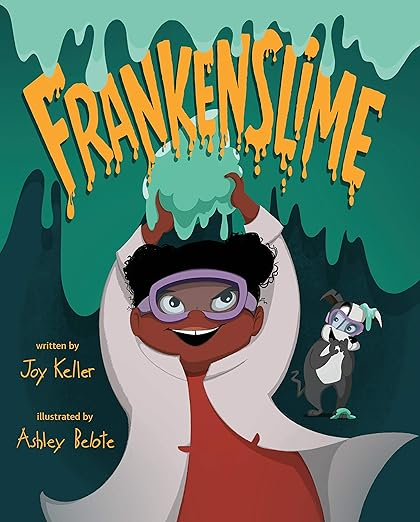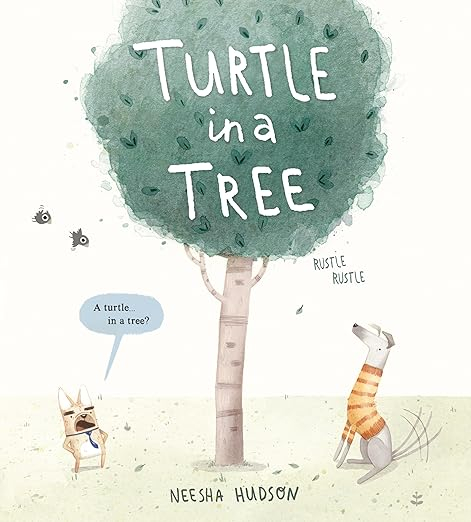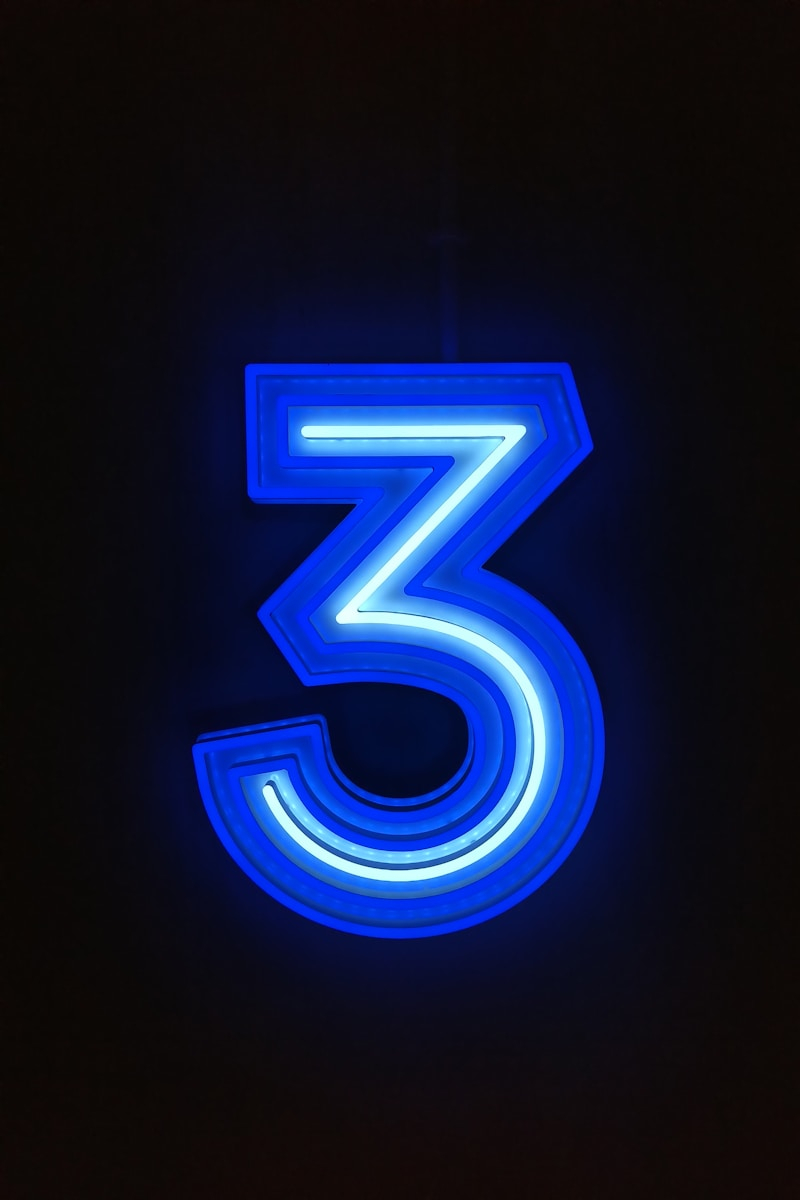Forget perfect protagonists—quirks and flaws win hearts.
Every writer dreams of creating a picture book character kids adore — the kind of character readers want to draw, dress up as, or read about again and again.
But here’s the secret: It’s almost never the perfect characters that win kids over.
It’s the weird ones.
The messy ones.
The unexpectedly heroic ones.
Today’s picture book marketplace doesn’t reward flawless protagonists. It rewards real-feeling ones — characters with quirks, flaws, and surprising strengths that kids can root for.
Why? Because kids see themselves in those contradictions.
Let’s look at three recent picture books that feature unexpected heroes — and break down how you can build your own.
1. I Am Not a Dog Toy by Ethan T. Berlin, illustrated by Jared Chapman
Hero Type: The Grumpy Underdog
Who’s the main character? A grumpy stuffed bunny named Plum who definitely does not want to be chewed on, slobbered over, or fetched by the family dog.
And yet… the very dog Plum resents ends up needing Plum’s help. And grumpy little Plum? He finds unexpected bravery in sticking up for a slobbery friend.
What works here? The contradiction between Plum’s cranky, toy-snob attitude and his ultimate heroic act of kindness makes him hilarious — and lovable.
Try This:
→ Give your hero a strong opinion about something small — and let that opinion get hilariously tested.
2. Turtle in a Tree by Neesha Hudson
Hero Type: The Mistaken Believer
In this minimalist, brilliantly structured book, a bulldog swears there’s a turtle in a tree. The greyhound disagrees — it’s clearly a squirrel. Their standoff escalates… until a surprising twist proves both characters wrong.
The unexpected hero here isn’t just the dog who admits he was wrong — it’s the act of curiosity itself. The courage to pause, reconsider, and look closer saves the day.
Try This:
→ Put your hero in a situation where they are very sure they’re right… until they’re not.
3. Frankenslime by Joy Keller, illustrated by Ashley Belote
Hero Type: The Inventive Misfit
Victoria Franken loves science. Loves slime. Loves inventing. But when one of her slime creations escapes the lab and causes chaos, Victoria has to figure out how to fix her own mistake.
Victoria isn’t perfect. She’s obsessed. She’s messy. But her creativity and perseverance turn her from a chaotic scientist into an unlikely hero.
Try This:
→ Let your hero’s biggest flaw (obsession, impatience, weird hobby) become their superpower by the end of the story.
Why Do These Unexpected Heroes Work So Well?
Because kids recognize themselves in them.
Most kids aren’t perfect. They feel too small, too loud, too shy, too wrong, too weird, too different.
When you show them a hero with those same quirks — and show that character winning because of them, not despite them — you give your reader hope. And heart.
Plus, unexpected heroes drive your story forward. Their flaws create funny mishaps, wild turns, and emotional stakes.
Tips for Creating Your Own Unexpected Hero
1. Start with a Flaw or Quirk
→ Is your character anxious? Obsessive? Stubborn? Tiny? Forgetful? Weirdly specific about broccoli? Excellent. Make that their defining trait.
2. Ask: How Can This Trait Both HURT and HELP Them?
→ If your character is super messy, maybe that causes big problems… but maybe it also helps them escape a too-neat villain’s trap!
3. Put Them in a Situation That Tests Their Flaw
→ Make them have to use their weirdness to succeed. Victory feels sweeter when it comes from who they are, not from magically changing into someone else.
4. Surprise the Reader (and the Character!)
→ Maybe your shy character saves the day with a whisper. Maybe your cranky character adopts a puppy. Look for little reversals that make readers grin.
5. Remember: Kids Cheer for Effort, Not Perfection
→ Readers love a trier. Let your character fail spectacularly, then get back up. Resilience is always heroic.
Final Thought:
The best picture book heroes aren’t flawless.
They’re not statues on a pedestal.
They’re a little wobbly.
A little weird.
A little more like us.
And when they win? Kids feel like they can win, too.








3 Comments
Susan Elizabeth Schipper
Great advice!!! 💕
Katie Davis
Thank you!
Helene Debelak
I just started reading your craft emails in which you share an aspect of craft with picture book examples. They are precious! I have great respect for your experience, as seen on PB Summit and heard on the podcast. Thank you for sharing with us!